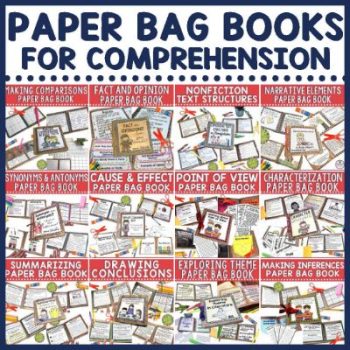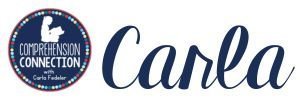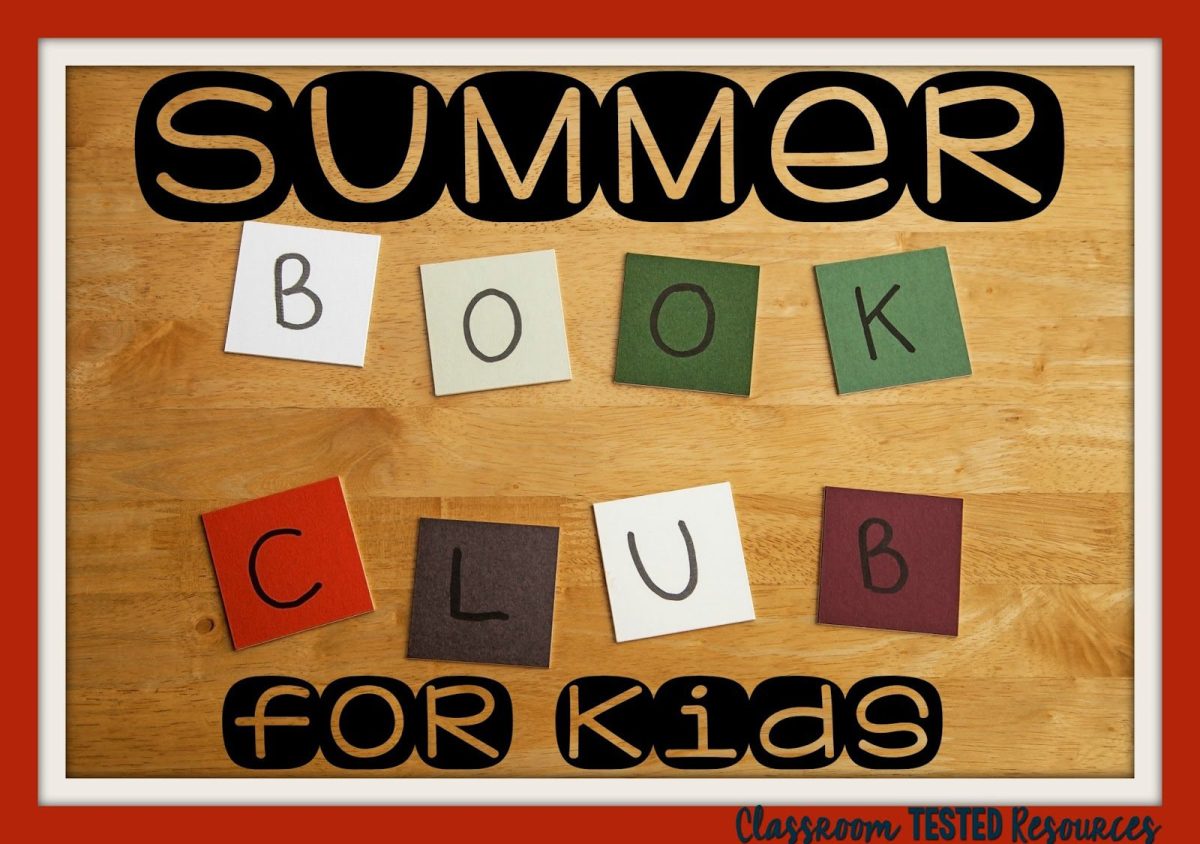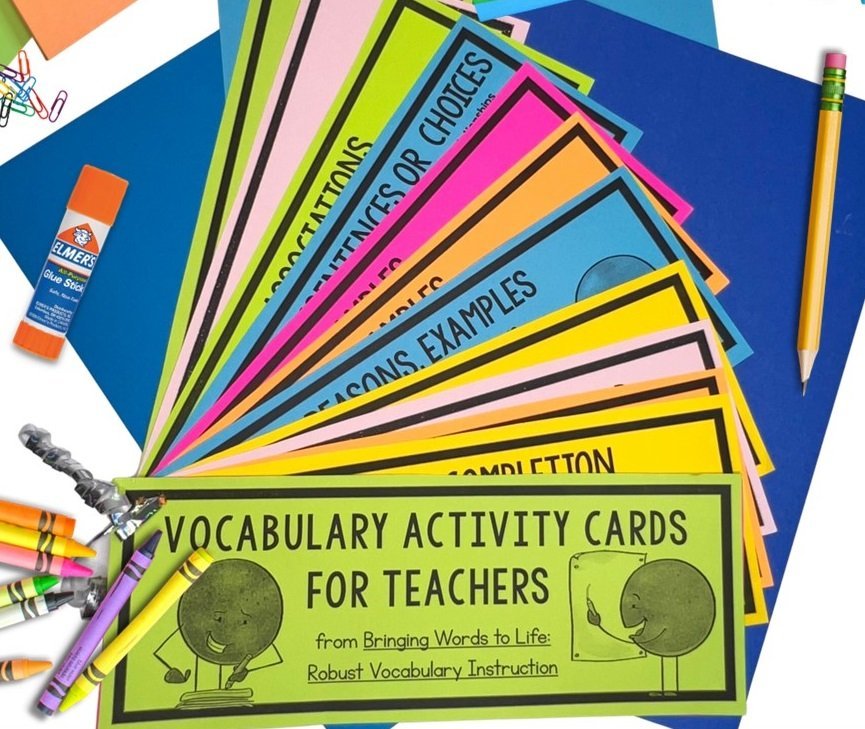
How do we make the most of the reading-writing connection? That’s the question for this post. As my students have worked on their state tests, I’ve found my mind wandering due to a TOTAL state of mind numbing boredom myself reflecting on what I’ve done (or could have done) to help better prepare my students for these dreaded tests.
Let’s face it. All the time “actively monitoring” gives you time to think about your teaching practices, right. Just imagine administering…TEN of them!! I believe that’s about the number I will reach by the end. In fact, I probably could have come up with a solution to world hunger and peace among men too in this amount of time, right?? Total time spent will be about 35 hours. (and we won’t do the math on how much tax money that took because it does not matter. The tests are here to stay).
OBSERVATIONS of the reading-writing connection
As I have been monitoring, it became incredibly clear to me how important it is for students to write, write, and write some more about what they read as well as on topics that interest them…including fiction, information articles, persuasive writing, and even advertisements (flyers). You see, our students need to see how our writing matches our purposes for reading.
How we structure (and we do teach text structure as a reading skill) our writing is the same way that real live famous authors do too. By carrying that skill through for the reading-writing connection, we solidify it for our students. One great way to begin is to model all text structures (not just nonfiction) with literature. Read all or just what you need to demonstrate, but use the best examples from your library to show structures in action.
MODEL the reading-writing connection WITH MENTOR TEXTS
Another observation I gathered from watching the kids is that note-taking matches a student’s thinking, so showing students how to organize their thoughts when they write will provide them with models for when they read. We need to help students see that taking notes does not mean copying a passage, but rather pulling from the passage, the big ideas and only the most important details (and that is not always limited to three…have you noticed that every graphic organizer for main idea has the main idea and *exactly* three detail boxes?).
As our year progressed, I worked very hard with my students on how to annotate text, a concept they’d never heard of prior to this year. We practiced A LOT while using the think aloud strategy as we practiced. You see, many kids fail to think as the read. They often call the words and think after. By performing during reading activities, you eliminate word calling.
“Stop and Jot” is a phrase we sometimes use. I also discuss the importance of explaining your thinking, so some notes may include student impressions from their reading. As students plan for writing, they can jot down their thinking using the same types of organizers as they do when they read. Again, this helps them make the connection between the two skills.
PRACTICE TAKING NOTES to make the reading-writing connection
As students read and write, another important skill is to clarify their thinking with revising. I had another “knock you out of your seat” moments last year when one of my young ladies asked me what revise meant on our first paper of the year. What?? She was in fifth grade and had missed that!!(transfer student BTW)
Revising is a really, really important part of the writing process, but it is important in reading too. Reading sections of text multiple times helps bring clarity and deepen thinking. That is the whole premise with Close Reading…scratch the surface, dig a little deeper, and then respond.
With writing, we plan our papers, create a draft, revise, and revise some more. Revisiting content is so, so important for our learners as this is a life skill. Learning is not a quick and dirty task. It takes…HARD WORK, right?? (sorry…wasn’t screaming there…important point!) Hard work doesn’t happen fast. It takes time and deep thinking. Those of mine who really paused to think during testing were much more successful than those who finished fast. I am sure that you have observed the same results. So…
EMPHASIZE THE IMPORTANCE OF REVISION
As you dissect your data here at the end of school, pause to reflect on what worked. I know even in my 25th year, I have so much to learn and ways to grow. I think no matter what profession you choose, reflection is a valuable skill. It is one that young students can learn, develop, and practice just like us.
We are human and therefore, imperfect. We need to own our short comings and learn how to improve our practice. Teaching our students to do the same with time, effort, motivation, and lots of brain power will take them much further in the future. Revisions help kids realize that it’s okay to make errors and to look over their work for reflection.

Resources that create the reading-writing connection:
Below, are a few comprehension resources you can use for building the reading-writing connection. You can also shop my TPT store here.
-
Comprehension Checks for Any Text, Graphic Organizers$5.00
-
Sale Product on saleComprehension Projects Bundle, Paper Bag Books, Test Prep, Intervention
$64.00Original price was: $64.00.$35.00Current price is: $35.00. -
Sale Product on saleGuided Reading Binder, Comprehension Lessons, Reading Skills in Digital and PDF
$20.00Original price was: $20.00.$12.00Current price is: $12.00.
Other related posts:
- THE READING-WRITING CONNECTION MADE EASY
- HOW TO TEACH PERSUASIVE WRITING LIKE A BOSS WITH I WANNA IGUANA
- 5+ INNOVATIVE WAYS READING A TO Z SUPPORTS ALL READING LEVELS
So…how many days left?? Out?? Just a few more?? or Are you showing a sad puppy face right now?? For me…five more days!! Yeehaw!!




















One Response
Great post!! We are working hard to do even better at integrating the two! These are good tips for us!
Thanks
Em